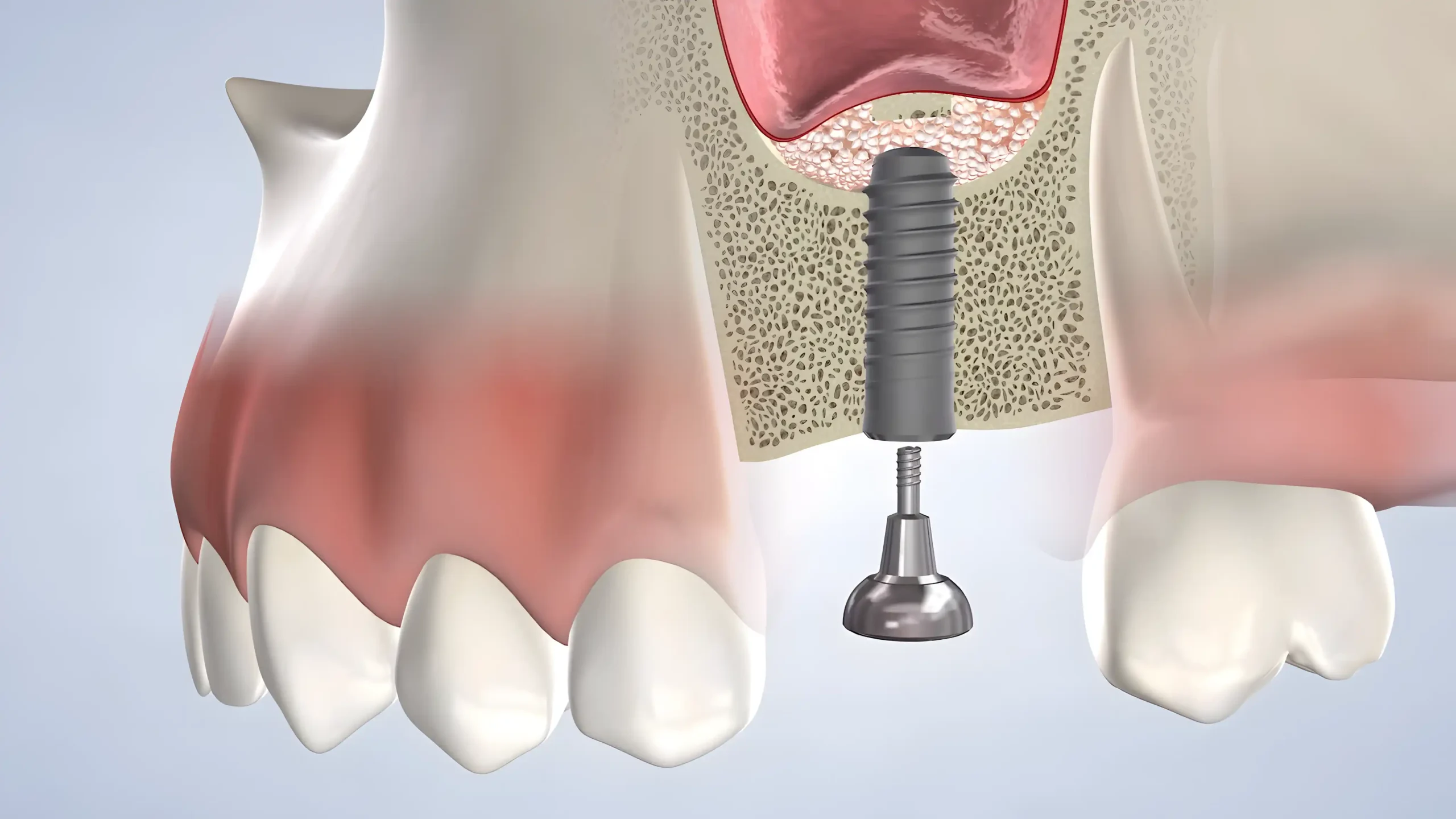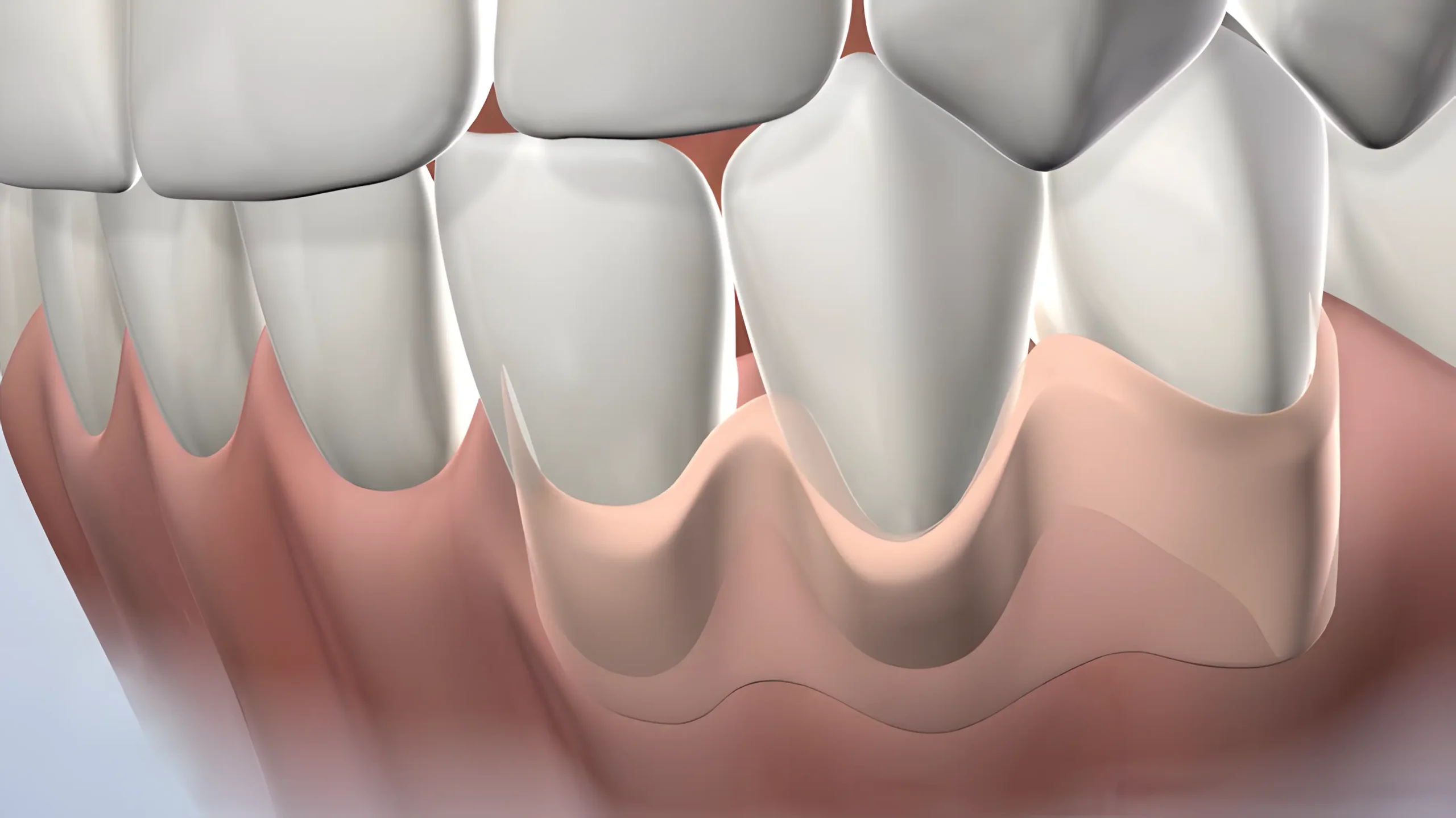May 2021
A Variety of Options to Generate Bone and Tissue
Dr. Graves, Dr. Wilkinson, and Dr. Gonzalez Aguilar are experienced oral surgeons who look forward to helping patients restore lost bone or gum tissue. When tooth loss, facial injuries, or other issues cause bone loss, bone grafting can restore areas that are lacking in the right quality or quantity of bone. Patients who want to receive dental implants may need a bone grafting procedure to make sure there is enough room for a secure hold. Certain jaw defects that remain from past surgeries or injuries can also be treated with bone grafting.
We offer many anesthesia and sedation options if you are concerned about discomfort or have dental anxiety. Our state-of-the-art office is also equipped with advanced 3D CBCT scanning technology to aid in accurate diagnoses and beneficial treatment outcomes.
Bone Grafting Procedures
Most bone grafting procedures essentially work the same way: bone graft material is taken either from the bone in your body or from a tissue bank, and the material is placed in areas that are lacking in bone density. The type of bone grafting procedure you receive will depend on your condition and the location of the bone loss.
Socket Preservation
Socket preservation prevents rapid bone loss from occurring around an empty tooth socket. After a tooth extraction, bone graft material can be placed into the empty socket to prepare the patient for a dental implant procedure at a later date.
Sinus Lift/Sinus Augmentation
Sinus lifts make space for dental implants to replace the upper back teeth. The sinuses are hollow cavities that sit behind the cheeks. The wall that separates the sinuses from the upper teeth can be quite thin, making a safe dental implant procedure impossible. By lifting the sinus and placing a bone graft beneath it, your surgeon can make room for a safe and secure dental implant placement.
Ridge Expansion
Ridge expansion widens the bony ridge that holds all of your teeth in place. When tooth loss occurs, this bone can become too thin to hold dental implants. Ridge expansions increase the amount of bone around the alveolar ridge to make space for your dental implants.
Nerve Repositioning
Nerve repositioning is a less common procedure that is sometimes used to prevent nerve damage. The inferior alveolar nerve, which gives sensation to the chin and lower jaw, lies beneath your lower molars. If the bone above the nerve is too sparse, there may not be enough room to place a dental implant without damaging this nerve. Your oral surgeon may be able to move this nerve aside using a special bone graft procedure, but moving this nerve can be risky, so we avoid nerve repositioning unless absolutely necessary.
Soft Tissue Graft
Platelet-Rich Growth Factors
Platelet-rich growth factors, or PRGF, are healing factors that naturally occur in your body. Our oral surgeons can harvest these factors from your blood and apply them directly to a surgical site. This expedites the healing process and is used to promote hard and soft tissue healing. PRGF is often used in combination with bone grafting to prepare the area for a dental implant.
Benefits of PRGF
Using PRP in bone grafting, tissue grafting, and other procedures can improve the overall treatment experience for patients. A few of the benefits offered by PRP treatments include:
- Safety. PRGF is derived from a small sample of your own blood. Using substances that occur naturally in your body drastically reduces the chances of rejection or disease transmission.
- Healing. Using PRGF allows patients to recover drastically quicker than more traditional methods of surgery.
- Simplicity. PRGF is easy for your doctor to develop and use during the surgery. The treatment can blend seamlessly with the normal bone graft material to allow for easy application.
- Cost. Because PRGF is developed using only a small sample of the patient’s blood, it is much cheaper than it was in the past, when only hospitals and blood banks had the technology to separate the platelets.
BMAC
Amarillo Oral & Maxillofacial Surgery & Dental Implants is proud to offer Harvest® BMAC treatments to reduce healing times and speed up bone regeneration for our bone grafting, bone augmentation, and dental implant patients.
Bone marrow aspirate concentrate, also known as BMAC, is a component of your bone marrow that contains growth factors and anti-inflammatory proteins, which promote bone and soft tissue healing. Similar to the platelet-rich growth factor process, these factors can be harvested and applied directly to a surgical site to help more bone or tissue grow.
To apply the BMAC, the oral surgeon will usually insert the BMAC substance, along with the bone graft material, into the area of surgery that needs bone regeneration.
Benefits of BMAC
- Patient Safety. BMAC is derived from the cells in your own body, which means that there is no risk of rejecting donor tissue or artificial substances.
- Improved Recovery. BMAC treatments can drastically improve healing times, even more than PRGF treatments alone. Patients in need of more extensive bone procedures may find BMAC appealing because of its effectiveness in quickly regenerating the body’s natural bone structure.
Hear From Bone Grafting Patients
These patients can tell you about the firsthand experience undergoing bone grafting treatment at our office.








